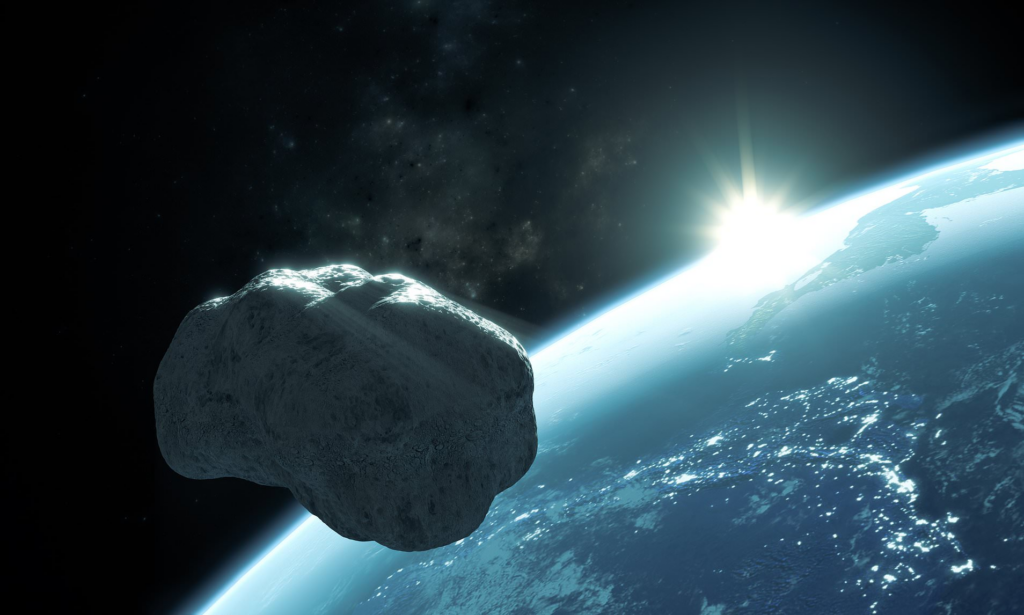NASA warns that on April 6, a massive 150-foot asteroid will approach Earth. Asteroids are leftovers from the birth of our solar system.
At 4,190,000 miles, the 150-foot-wide rock will reach Earth at 67656 kmph.
Since a collision with an asteroid might result in a catastrophic loss of human life, near-Earth asteroids are frequently the subject of news reports. Jet Propulsion Laboratory of the National Aeronautics and Space Administration has reported that Earth would have many near encounters with asteroids in the next days. According to NASA, five asteroids will approach our planet, with two making their closest approaches today.

Particularly, the Asteroid Watch dashboard monitors asteroids and comets making relatively close passes to Earth. For each contact, the dashboard indicates the closest approach date, approximate object diameter, relative size, and distance from Earth.
Here are the approaching asteroids
- A tiny asteroid measuring 45 feet in length is making its closest approach to Earth today at a distance of 1,870,000 kilometers.
- Today, asteroid 2023 FS11, which is the size of an airplane and is 26 meters in length, will pass near to the Earth by a distance of 6,610,000 kilometers.
- Asteroid 2023 FA7: On April 4, an aircraft-sized asteroid measuring 92 feet will make its closest approach to Earth at a distance of 2,250,000 kilometers.
- A house-sized asteroid measuring 2023 FQ7 will make its closest approach to Earth on April 5 at a distance of 5,750,000 kilometers.
- Asteroid 2023 FZ3, which is the size of an airplane and the biggest of the impending asteroids, is expected to fly by Earth on April 6. The 150-foot-wide asteroid racing toward Earth at 67656 kilometers per hour will make its closest approach at a distance of 4,190,000 kilometers. Nonetheless, the asteroid does not pose an imminent danger to Earth.
Around 30,000 asteroids of all sizes, including more than 850 bigger than one kilometer in diameter, have been cataloged in the neighborhood of the Earth, giving them the name “Near Earth Objects” (NEOs). None of them pose a threat to the planet over the next century.
NASA asserts that asteroids are remnants of the genesis of our solar system. Around 4.6 billion years ago, a large cloud of gas and dust collapsed to form our solar system. This caused the majority of the material to fall to the center of the cloud, becoming the sun. Several of the planets formed from the cloud’s condensing dust.
NASA’s Planetary Defense Coordination Agency has stated that a newly found asteroid around the size of an Olympic swimming pool has a “small possibility” of impacting with Earth on February 14, 23 years from now.

